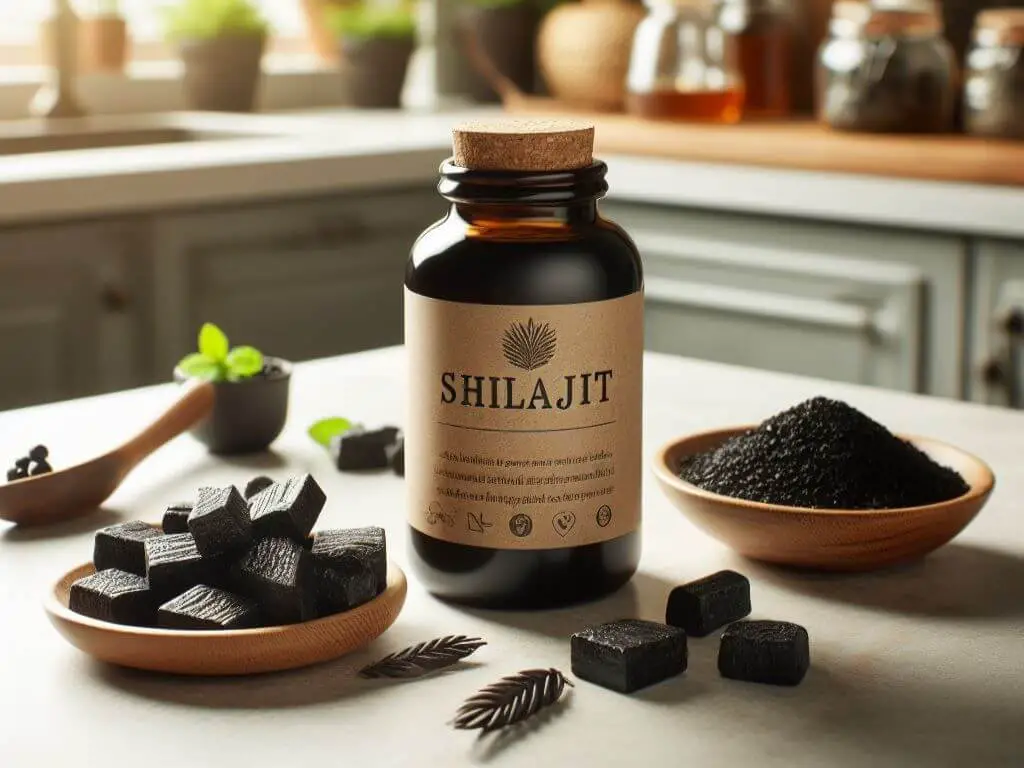Motherwort
For my first blog as the new owner and executive director of the East West Herb School, which is now part of our family-owned business, Herb Whisperer, that we (my wife and I) started more than 10 years ago I wanted to bring into focus a plant, one of many, that is near and dear to my heart (pun intended).
Motherwort, specifically European motherwort (Leonurus cardiaca L.) and Chinese motherwort (L. japonica L.) were the topic of my PhD dissertation. Comparing these two herbs using historical records, genetics, and analytic chemistry, I sought to understand what made them different and how they were the same, or at least very similar. It was exhilarating to dive so deeply into a topic I’ve spent so much of my career focused on, specifically using non-Chinese herbs clinically while using the Chinese diagnostic system.
Drawn to these two plants for a number of reasons, it always was of interest to me that they have nearly identical names. The European species has a relatively modern name (since the 18th century) “motherwort,” which means the herb for mothers (wort is an old Germanic word for medicinal herb). And, the Chinese species, known as yimucao (益母草) in Mandarin Chinese, means “the herb that boosts the mother” where yi (益) means “to boost,” mu (母) means “mother,” and cao (草) means “herb.” With names so similar, I thought, there must be a reason and so began my 5-year journey to understand the differences and similarities of these two plants.
Surprisingly, motherwort has a relatively short history in the Western literature. After searching through texts in many languages, including English, French, German, Latin, Russian, Arabic, and Greek, I was unable to find anything about the plant prior to the late 15th century. In contrast, yimucao was first mentioned in the Divine Farmers Materia Medica (Shennong Bencao Jing | 神農本草經) in the 2nd century. That’s a 1300-year difference!
However, not surprisingly, the story is not as simple as that. The initial writing on yimucao didn’t mention mothers or any use that would associate it to gynecology. And, the seed was the primary part used with a minor mention of the herb being used for water swelling. In fact, it wasn’t until the late 8th century, during the Tang dynasty, that the herb (not the seed) is first mentioned for the treatment of postpartum care, and thus becomes the first time the herb is mentioned for any gynecological condition.
From that point on, yimucao was an important herb for the treatment of postpartum diseases. The herb was used in a number of different ways but most frequently it was used for postpartum pain, excessive bleeding, and what appeared to be psychological disorders or, perhaps, neurological disorders, where authors cite something like “seeing ghosts,” “raving” or similar.
In contrast, European motherwort has always been known for the treatment of gynecological conditions, as well as psychological conditions and other conditions directly related to the heart. We can see this in the Latin botanical species name, “cardiaca.” In fact, the old name for this plant, before it was known as motherwort, was “cardiaca.” However, motherwort was also well-known for the treatment of many gynecological issues including painful menstruation, delayed menstruation, unregulated menstruation, etc.
How do we use these species and which one is better?
While the two species are used similarly, there are some differences. It is important to note that, in China, yimucao is given to nearly every woman after giving birth. This is routine at both Chinese medicine hospitals and western medicine hospitals alike. And, while this is true to a certain extent in the West, the use of motherwort is most definitely not as wide-spread and even among herbalists the use of motherwort for postpartum care is not as universal as it is in the Chinese medical system.
However, in every other situation that either plant can be used, whether it be for painful menstruation or anxiety and sleeplessness, European motherwort has a higher frequency of use and is likely superior. I would suggest it’s a better herb for the job, especially when it comes to psychological disorders associated with the heart such as anxiety, stuffiness in the chest, difficulty sleeping, etc.
What is the best way to prepare and take either species?
While teas are common in both traditions, even the Chinese prefer a tincture over a tea for yimucao, especially for those pesky psychological disorders. This is where the chemistry comes in. I won’t bore you with the details, but suffice to say that the chemistry that tends to have that calming effect on the body (from these two species) is more alcohol soluble than it is water soluble. Therefore, even as early as the Tang dynasty, the Chinese recognized that taking this herb prepared with alcohol, or as a fresh juice, was most effective for treating these disorders.
So, make a tincture. It can be from the fresh plant or carefully dried, both are fairly equal when it comes to potency. The plant should be harvested when, approximately, the first half of the flowers have opened, then dried in the shade until about 10-12% moisture remains. Fresh plant tinctures are made 1:2 (herb:menstruum). Dry plant tinctures are made 1:5 65% alcohol.
Thanks for dropping by to read this. Stay in touch.
Warmly,Thomas
Top 5 This Week
Related Posts
Blog #1 Motherwort – East West School of Herbology


